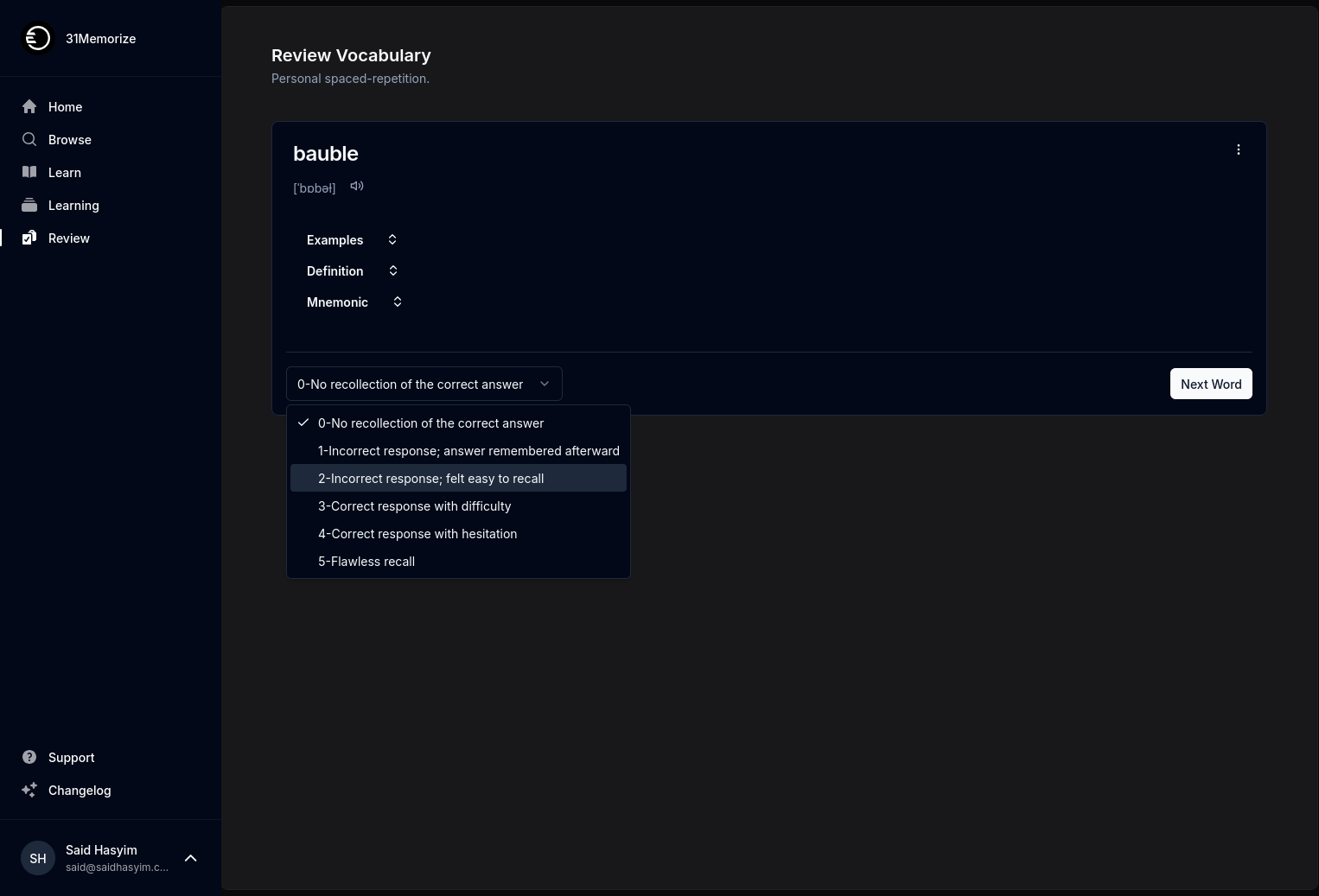Engaging with Your Audience Through Rating Analytics
In today’s digital landscape, understanding your audience is more crucial than ever. Ratings and reviews have emerged as powerful tools for gathering insights into customer preferences, behaviors, and experiences. By actively engaging with your audience through rating analytics, you can improve your products, enhance customer satisfaction, and foster a loyal community. In this blog post, we’ll explore various strategies for leveraging rating analytics effectively to engage with your audience and create a positive feedback loop.
Understanding Rating Analytics
Before diving into engagement strategies, it’s essential to grasp what rating analytics entails. Rating analytics involves collecting, analyzing, and interpreting numerical ratings and qualitative feedback from customers. These ratings can come from various platforms, including websites, social media, and review sites, and typically range from star ratings to thumbs up/down systems.
Why Rating Analytics Matters
- Customer Insight: Ratings provide immediate feedback on your offerings, indicating what your audience appreciates and what needs improvement.
- Reputation Management: Active engagement with ratings helps manage your reputation and builds trust within your community.
- Decision-Making Support: Analytics can guide your business decisions, ensuring you align your products and services with your audience's desires.
- Enhanced Customer Loyalty: When customers see that their feedback is valued and acted upon, they are more likely to remain loyal to your brand.
Strategies for Engaging with Your Audience
1. Encourage Honest Feedback
Engagement begins with encouraging your audience to provide ratings and reviews. Make it easy for them to share their thoughts, whether through simple rating systems or more comprehensive review forms. Consider the following tips:
- Simplify the Process: Ensure the rating submission process is straightforward and quick. Longer forms may discourage participation.
- Create Post-Purchase Prompts: After a purchase or interaction, remind your customers to leave feedback via email or notifications.
- Incentivize Feedback: While it’s important to maintain authenticity, you could consider offering incentives such as discounts or entries into a raffle for participating.
2. Analyze Ratings Thoroughly
Collecting ratings isn’t enough; you need to analyze the data comprehensively. Look for patterns, trends, and anomalies:
- Identify Common Themes: Evaluate qualitative feedback alongside quantitative ratings to uncover recurring themes and sentiments.
- Segment Your Data: Analyze ratings by demographics, product categories, or time periods to understand different audience segments and their preferences better.
- Use Sentiment Analysis: Employ sentiment analysis techniques to gauge the emotional tone of customer comments, providing deeper insights into audience perceptions.
3. Act on Customer Feedback
Once you’ve analyzed the ratings, it’s time to take action. Show your audience that their feedback matters by making changes based on their input:
- Address Common Issues: If multiple customers highlight the same problem, prioritize addressing it.
- Share Improvements: Communicate to your audience the changes you’ve made in response to their feedback, reinforcing the value of their input.
- Test New Ideas: Implement suggestions from your audience as experiments and invite further feedback, creating a collaborative atmosphere.
4. Engage with Comments and Reviews
Engagement doesn’t stop with analysis. Actively respond to ratings and reviews to foster a dialogue with your audience:
- Acknowledge Positive Feedback: Thank customers for their positive reviews. This interaction shows appreciation and encourages further engagement.
- Address Negative Feedback Constructively: Respond to negative comments with empathy and solutions. This not only addresses the issue at hand but also showcases your commitment to customer satisfaction.
- Encourage Discussion: Ask follow-up questions to delve deeper into their experiences. This engagement can create a sense of community and connection.
5. Leverage Data to Inform Content Strategy
Rating analytics provides valuable information that you can leverage to enhance your content strategy:
- Create Customer-Centric Content: Use insights from customer ratings to inform your blog posts, videos, and social media content, focusing on topics your audience cares about.
- Highlight Customer Stories: Share testimonials or case studies that highlight positive experiences, showcasing your product through the eyes of satisfied customers.
- Use Ratings as Social Proof: Incorporate ratings and reviews into your marketing materials, reinforcing trust and credibility among new and existing customers.
Conclusion: Building Lasting Engagement
Engaging with your audience through rating analytics is an ongoing process that requires commitment and creativity. By encouraging honest feedback, thoroughly analyzing ratings, acting on customer insights, engaging in meaningful dialogue, and leveraging data to inform your content strategy, you can build a strong, loyal customer base that feels valued and connected to your brand.
Final Thoughts
In a digital world where customers have a voice, it’s essential to listen and respond actively. Rating analytics offers a straightforward yet powerful way to tap into your audience’s sentiments and experiences. Embrace the feedback as an opportunity for growth and connection, turning ratings into meaningful relationships that benefit both your audience and your business in the long run.
Engaging your audience not only enhances their experience but also drives sustainable success for your brand. Start leveraging rating analytics today and watch your community thrive!
